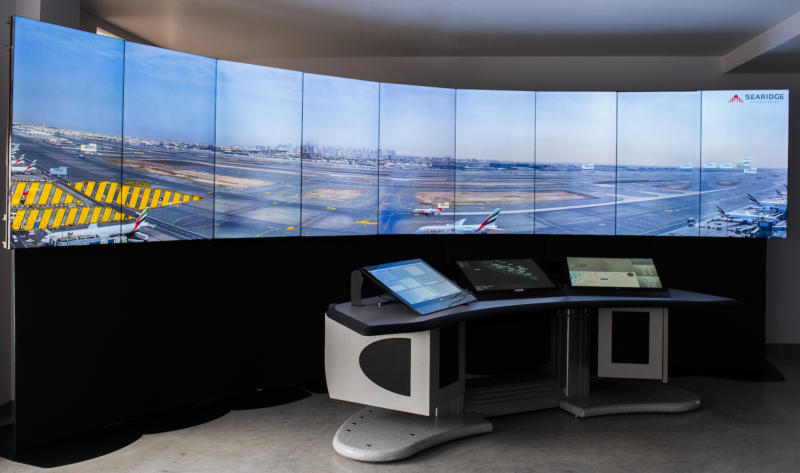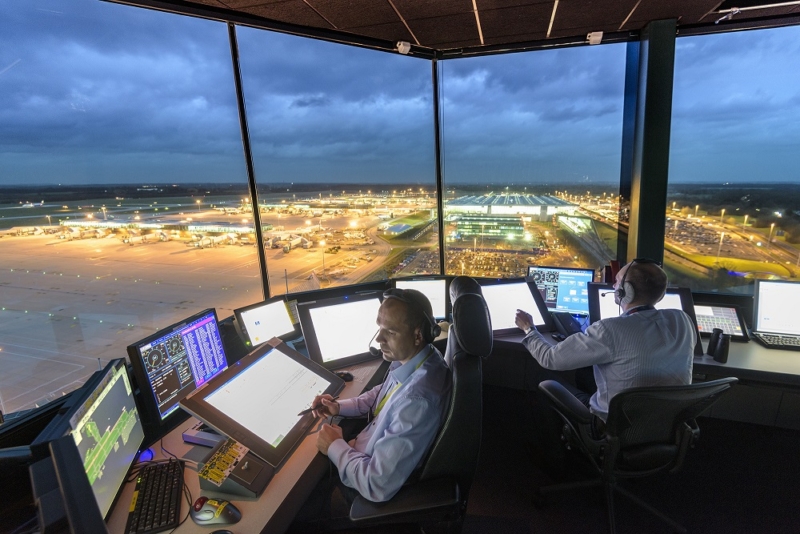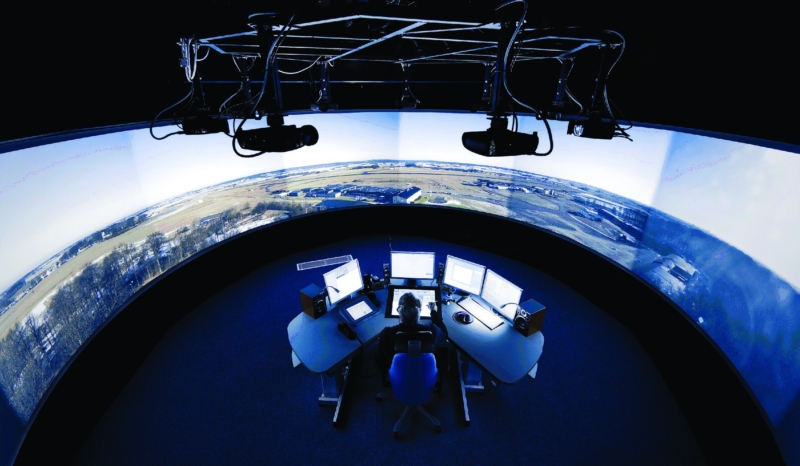Excitement is building in the aviation industry around digital ‘remote’ towers and the benefits they can offer to airports; from costs savings through to safety and operational enhancements. But I can tell you from hard experience that this wasn’t always the case.
Rewind 11 years, Moodie Cheikh, Searidge co-founder & CEO, and I were sitting in an Ottawa Starbucks tossing business ideas around. Our eureka moment came when we realised that a combination of video and sensor data might be used to provide a safer and more efficient air traffic service than could be provided from a physical tower. We were convinced this could work, but I think it’s fair to say the rest of the world wasn’t so sure.
At our first trade show, armed with hopeful smiles and a tiny exhibition stand, no one would talk to us. We were the crazy Canadians with an idea that seemed impossible to implement in the conservative world of aviation.
A lot has changed in 11 years.
While the journey has taken significantly longer than we could have ever thought back then, it is gratifying to now see that just about every ANSP in the world today is now engaged at some level in their own process of digital tower modernisation, from concept development to the early adopters who are now starting to enter systems into service. And Searidge itself is now a group of close to 50 incredibly capable and dedicated aviation technology men and women – a long way from that coffee shop where it all began.
You can put your questions to Alex about the future of ATM technology during a live stream event on 13 July at 9am BST.
Today, all over the world, from smaller regional airports to major international hubs, people are sitting up and paying attention to the idea of digital towers and smart airports.
With its air traffic levels forecasted to double by 2020, last year we completed a live trial for HungaroControl at Budapest Airport. The controllers were presented with a customisable video wall that incorporated a fully tailored human machine interface, complete with ‘pan tilt zoom’ cameras to replicate binoculars in a physical tower.
The controllers told us that they found that the new functions incredibly useful; allowing them to handle peak hour traffic so effectively that user adoption was accelerated. In the end, the trial achieved 125 hours of live controlling and managed almost 600 movements; in addition to 405 hours in passive shadow mode. Of course this is just one example, there have also been trials in Italy, France, Canada and many other countries.
So what does the future hold? As an industry, we really are at the right-hand edge of a very important curve – an inflexion point in technology adoption and more importantly, the rate – or pace – of future technology disruption. On the one hand, there has never been a better time to be an innovator as the tools available to turn ideas into reality have become much more accessible and robust; we today can develop in weeks what once took us years.
On the other hand, despite how many ATC systems may be perceived as ‘old’ and ‘out of date’ by Silicon Valley standards – the overall safety record in this industry continues to be outstanding and while there is an acceptance of the value of new technologies, our focus must always be towards improving safety. Without that, the whole concept is a non-starter to any potential customer, and as such everything we do and are developing, including our digital tower platform and Aimee, our new AI platform, is in pursuit of that goal.
Today, not only do we have the opportunity to do some great work in our home countries, the combined safety record and operational experience of NATS and NAV CANADA, as our new partners and co-owners, means we can set standards and governing principles to help guide ANSPs and airports around the world in technology transformation, modernisation and secure global interconnection.
It’s going to be incredibly exciting ride.
Don’t forget to tune into our Future of ATM live Stream on 13 July at 9am BST.
Comments
Please respect our commenting policy and guidelines when posting on this website.







07.07.2017
10:58
K.-H. Keller
Dear Alex, nice story about the ideas you’ve had some years ago.
I think it is worth it to give credit to those who invented this idea around year 2000 and developed it further to be taken over by industry and ANSPs after a long way of convincing those who are now claiming their leadership in RTO.
For more detailed information I’m recommending this publication: “Virtual and Remote Control Tower: Research, Design, Development and Validation”
07.07.2017
23:06
CHENIGUER
I find it really interresting
21.08.2017
15:35
saleh dahdolan
from my experience as ATC for 17 years , instructor and course developer. it good for training as actual or to help ATC. Nothing like real tower to control.